Best Email Marketing Strategies In 2022
In this video we are going to talk about Best Email Marketing Strategies In 2022.
#5. Test everything to inform best practices.
The ability to test everything is a key feature of email marketing software. You should use this to develop best practices for improving communications. And don't worry; while it may appear time-consuming, your email marketing system should take care of the majority of the job.
Variations of email subject greetings, such as measuring open rates for subject lines with and without numerals, can be used in tests. Alternatively, tests might be more complex and broad, such as evaluating segmented content, as we stated before, to determine if it affects click-through rates.
The learnings are one of the advantages of testing. You can experiment with tens of thousands of different word combinations, designs, and other factors. These results may be intriguing, but is the test really worth it if there are no lessons to be learned from them?
#4. Employ automation tools.
Email automation is a must-have feature for any marketing campaign. Most email marketing solutions provide automation features such as an autoresponder for sign-ups.
These tools have never been more available, inexpensive, or simple to use. They add hours to your week and are well worth the money.
These automation tools are necessary for accomplishing email customization goals. These automations take the form of journey or experience builders in many systems. Individual audience members can travel different journeys depending on their activities and behaviors.
Take, for example, signing up for a marketing mailing. If you connect with the email marketing information in the newsletter, you may be placed on an email marketing path and receive more targeted communications about email best practices.
#3. Analyze email performance metrics.
The lifeblood of modern marketing is performance analytics. Marketers must be able to effectively communicate their work as they take on more and more responsibilities. Given all of the variables available for reporting and correlating to income, this is especially true for email marketing.
This strategy, like customization, is reliant on your email marketing infrastructure. If you're looking to implement a new system, analytics capabilities should take precedence over almost everything else.
These analytics provide the information needed to determine whether content, subject lines, jokes, and other elements are effective and to optimize around them.
#2. Speak to recipients as individuals.
It's easy to lose sight of the fact that you're engaging with real people amid all the chatter about automations, systems, segments, and identities. It is vital that you never lose sight of this truth.
You must endeavor to instill in your email marketing team a culture that prioritizes humanity and demonstrates genuine empathy, compassion, and humor in email development.
Personalization goes a long way toward making your message more human. Simply calling someone by their first name demonstrates that you've taken the time to learn more about them. However, actually tapping on your recipients' humanity necessitates more.
Your email creators should strike a mix between professionalism and brand voice while maintaining a conversational tone. Allow your writers to write as though they were speaking to a lead in person. Make sure they're not getting too charming with their writing, and that they're merely writing to other humans.
#1. Capitalize on personalization.
For email marketing, personalization can take several shapes. There are some low-hanging fruit, such as addressing recipients by their first names, that should not be taken for granted.
Personalization techniques such as reminding customers about products they may have left in a shopping cart on your website are clear. Then there's the hard-hitting segmentation and customization possibilities based on personas.
Your ability to collect data is the foundation for all of your personalization attempts. These must be in place before any customizing can begin.
It's vital that you collect as much information on your site users as possible. Individual personalization are based on this data, which is qualified and quantified into actionable analysis.
Conversions are the primary source of data collection, therefore make sure your site is set up in such a way that visitors can easily convert. Make sure you're correctly recording and storing data on the back end, as well as keeping it clean. Duplications in your email lists are a no-no.
Also, look for a solution that includes dynamic conversion fields. Dynamic conversions only show three to five fields instead of requesting a site visitor to give 20 vital pieces of information.
Do you have more tips? Let us know in the comment box below. Please like this video and subscribe to this channel for our future updates. Thank you.
-
 1:28:16
1:28:16
uzoichet
3 years agoHOW TO DO EMAIL MARKETING FOR BEGINNERS: TIPS & STRATEGIES
28 -
 0:57
0:57
TIKSHOP
1 year agoEmail Marketing
48 -
 14:31
14:31
The AdHero Podcast Quick Hitter
11 months agoMastering Email Marketing: Effective Strategies, Tips, and Content Ideas | The AdHeroes
41 -
 4:35
4:35
Neil Patel
1 year ago $0.02 earnedDo This Email Marketing Strategy for 100 Days
858 -
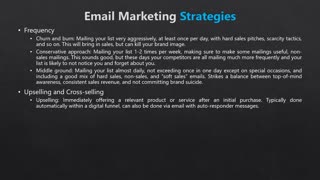 24:11
24:11
High Ticket Affiliate Marketer 2
2 years agoEmail Marketing
46 -
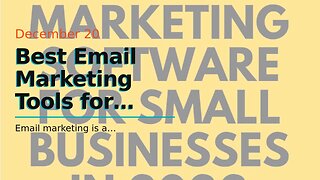 3:31
3:31
FineTimer
1 year agoBest Email Marketing Tools for Small Businesses!
21 -
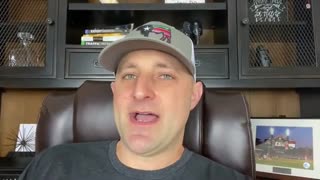 7:54
7:54
Super Affiliate Marketer
3 years agoEmail Marketing TIPS for Affiliate Marketers
69 -
 0:09
0:09
MSBOOTSHUSTLE
4 months agoMastering Email Marketing: 5 Proven Tips for Success
2 -
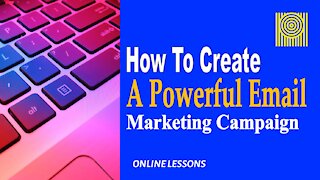 6:25
6:25
High Ticket Affiliate Marketer 2
3 years agoHow To Create A Powerful Email Marketing Campaign
79 -
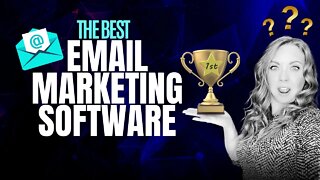 14:26
14:26
Torie Mathis - Digital Marketing Coach
2 years agoBest Email Marketing Tools for Small Business
40